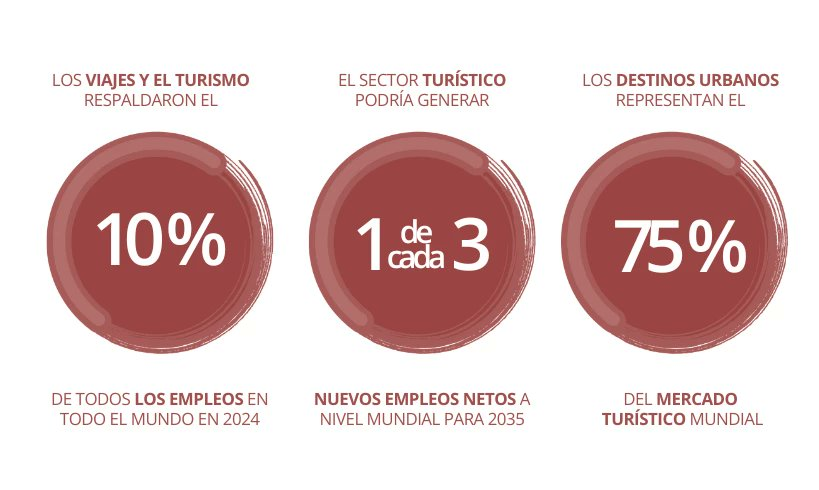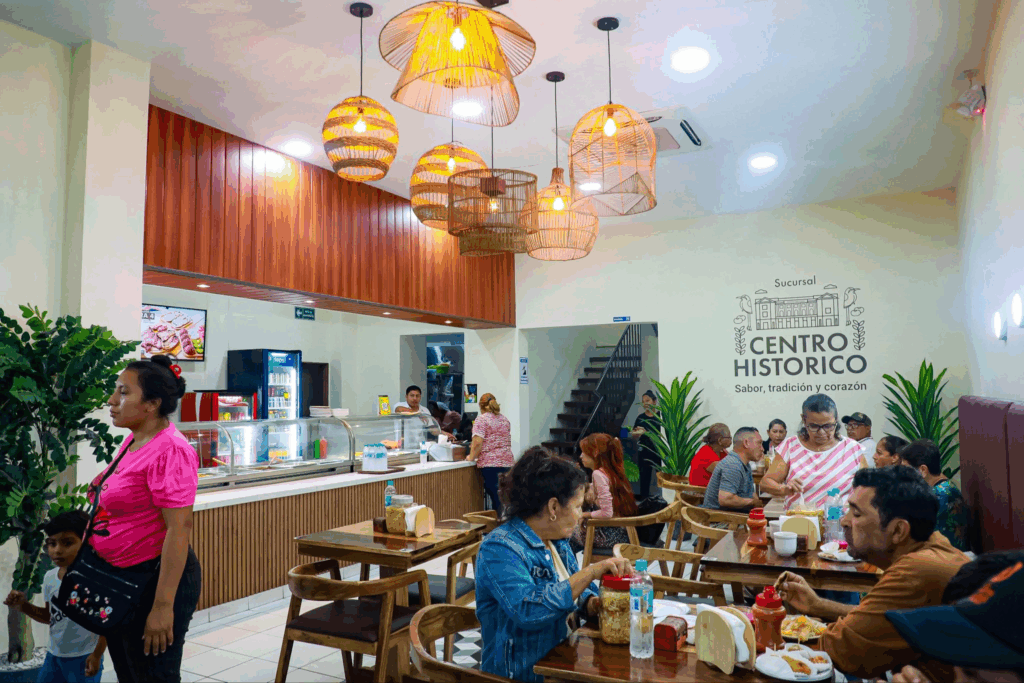
According to the World Bank of Latin America, the travel and tourism sector continues to establish itself as one of the fundamental pillars of the global economy. According to the data shown in the image, in 2024 this industry supported 10% of all jobs globally, a figure that confirms its ability to directly influence job creation and economic dynamism in many countries.

Furthermore, future projections reinforce its relevance. By 2035, one in three new net jobs generated worldwide could come from the tourism sector, making it a strategic component for sustained economic growth, especially in regions with potential for development and productive diversification.
The rise of urban tourism is also emerging as a key trend. According to the information released, 75% of the global tourism market now corresponds to urban destinations, reflecting a shift in travelers’ preferences toward cultural, gastronomic, and innovative experiences associated with large cities. This phenomenon is driving investment in infrastructure, transportation, sustainability, and technology, generating multiplier effects across multiple economic sectors.

Overall, the figures show that tourism is not only one of the most resilient industries after periods of global crisis, but also one of the most promising in terms of employment and competitiveness. For countries, taking advantage of these trends will be key to designing policies that promote labor inclusion, sustainability, and smart urban development.
You can also read:







